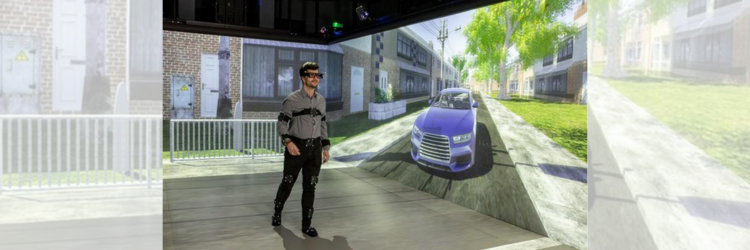Human Behavior at Odds with Self-driving Vehicles
This shouldn’t be a surprise. Scientists say “formidable complexity” exists in developing software that predicts how people behave and interact on the roads, including pedestrians, motorists, or bike riders. They say a lack of accurate algorithms and simulations of human behavior is hampering the self-driving revolution.
A research team from the Institute of Transport Studies at the University of Leeds developed the first-ever simulation of how people behave on the roads based on key cognitive theories. Separate theories were integrated into a larger, single psychological model to “describe behavior in more complex, real-world tasks.”
Under test conditions, the model accurately reproduced various well-known but not previously understood pedestrian and driver behavior in common road scenarios. The model also predicted how real-life human subjects would behave when facing interactive situations in a virtual reality simulator.
The research findings were published in the scientific journal PNAS Nexus – Explaining human interactions on the road by large-scale integration of computational psychological theory.
In a vision statement, the UK Government says driverless vehicles will launch a £42 billion industry and create 38,000 new jobs. However, up to now, most computer models of road user behavior are statistically based, with predictions of how people might behave based on analysis of large datasets, without using a detailed behavioral level.
The researchers looked at several typical human behaviors on the road, including hesitation in unclear situations or implicit communication using the vehicle or body movement to assert priority or encourage someone else to go first. The model predicts behavior by reference to key cognitive theories. For example, the “theory of mind” shows where people will form beliefs about what someone else is doing and how their own behavior may affect decisions made by the other. The “behavioral game theory” explains how people consider the combined effects of their behavior and the behavior of others when deciding what to do. Yet another theory describes imperfect human perception, requiring people to take time to assess and understand what is going on in their environment.
Testing with human participants in the laboratory revealed that the new psychological-theory-based model could also make correct predictions about driver-pedestrian interaction scenarios studied in the experiments.
Seems like we’re not ready to hit the fully autonomous route yet.

